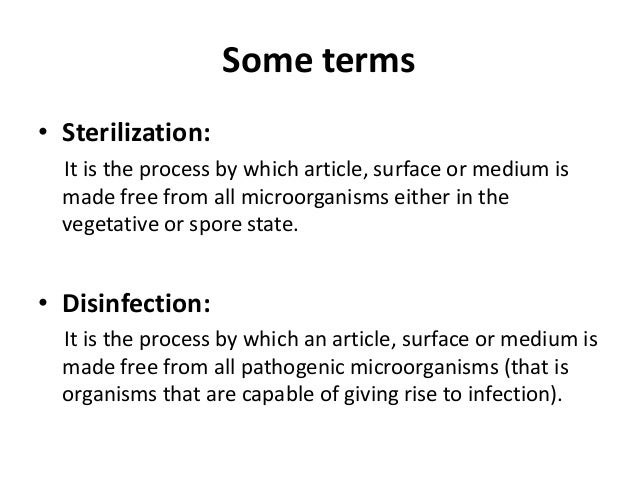

- #PRINCIPLES OF ASEPTIC TECHNIQUE SKIN#
- #PRINCIPLES OF ASEPTIC TECHNIQUE PROFESSIONAL#
- #PRINCIPLES OF ASEPTIC TECHNIQUE FREE#

O Skin- hair follicles, sebaceous glands, and sweat glands contain O Respiratory tract- organisms expelled by talking, coughing, and Scrubbing MODES OF CONTAMINATION Physical contact between a nonsterile and sterile surface o Punctured glove, contact between a nonsterile and sterile surface Nonsterile moisture droplets falling on a sterile surface o Droplets form masks, perspiration Airborne contaminants circulating over a sterile surface Hematogenous (from the patient’s own circulating blood) SOURCES OF CONTAMINATION Picked up through contact with other objects easily removed by
#PRINCIPLES OF ASEPTIC TECHNIQUE PROFESSIONAL#
Sterile drapes and members of the surgical team properly attired Strike-through contamination- transmission of microorganisms to a sterileįield by moisture that has penetrated the sterile barrier Surgical conscience- an individual’s inner awareness of aseptic principlesĪnd adherence to aseptic technique in all situation professional honesty Transient flora- organisms present on the epidermis which have been
#PRINCIPLES OF ASEPTIC TECHNIQUE FREE#
Host but may be pathogenic to others Sterile- free of all microorganisms Sterile field- area around operative site including furniture covered with Surface in sebaceous glands and hair follicles usually harmless to their
#PRINCIPLES OF ASEPTIC TECHNIQUE SKIN#
Transmitted to sterile objects Nonsterile- presence of microorganisms Operating room attire- scrub clothes, hair coverings, masks, protectiveĮye wear, and shoe covers which are worn by surgical personnel Pathogens- microorganisms capable of producing disease Resident flora- bacteria which are normally present below the skin The reaction of the tissues to their presence and their toxins Modes of contamination- ways by which infecting organisms are PRINCIPLES OF ASEPTIC TECHNIQUES TERMS AND DEFINITIONS Asepsis- absence of pathogens Aseptic technique- procedures which render and maintain an object orĪrea completely free of pathogens surgical asepsis Contaminate- to introduce microorganisms to a sterile field Contamination- transmission of microorganisms from person to person orįrom object to person and vice versa Infection- invasion of the body by disease-producing microorganisms and Forecasting, Time Series, and Regression (Richard T.Business Law: Text and Cases (Kenneth W.Give Me Liberty!: an American History (Eric Foner).Brunner and Suddarth's Textbook of Medical-Surgical Nursing (Janice L.Bursten Catherine Murphy Patrick Woodward) Chemistry: The Central Science (Theodore E.Civilization and its Discontents (Sigmund Freud).Interpersonal Communication (Kory Floyd).The Methodology of the Social Sciences (Max Weber).Principles of Environmental Science (William P.Educational Research: Competencies for Analysis and Applications (Gay L.Biological Science (Freeman Scott Quillin Kim Allison Lizabeth).Techniques DE Separation ET Analyse EN Biochimi 1.SEC-502-RS-Dispositions Self-Assessment Survey T3 (1).School-Plan - School Plan of San Juan Integrated School.I am doing my essay on the Ted Talk titaled How One Photo Captured a Humanitie Crisis https.Leadership class, week 3 executive summary.EMT Basic Final Exam Study Guide - Google Docs.




 0 kommentar(er)
0 kommentar(er)
